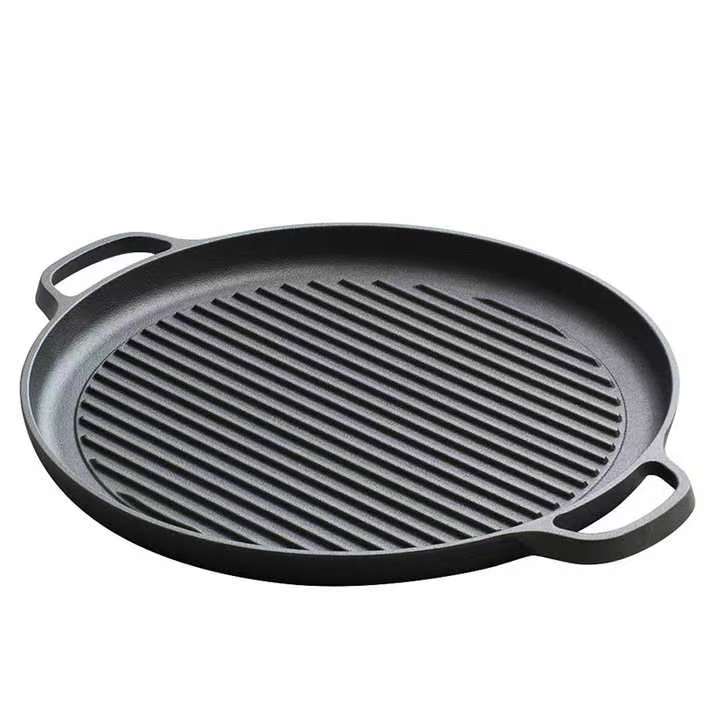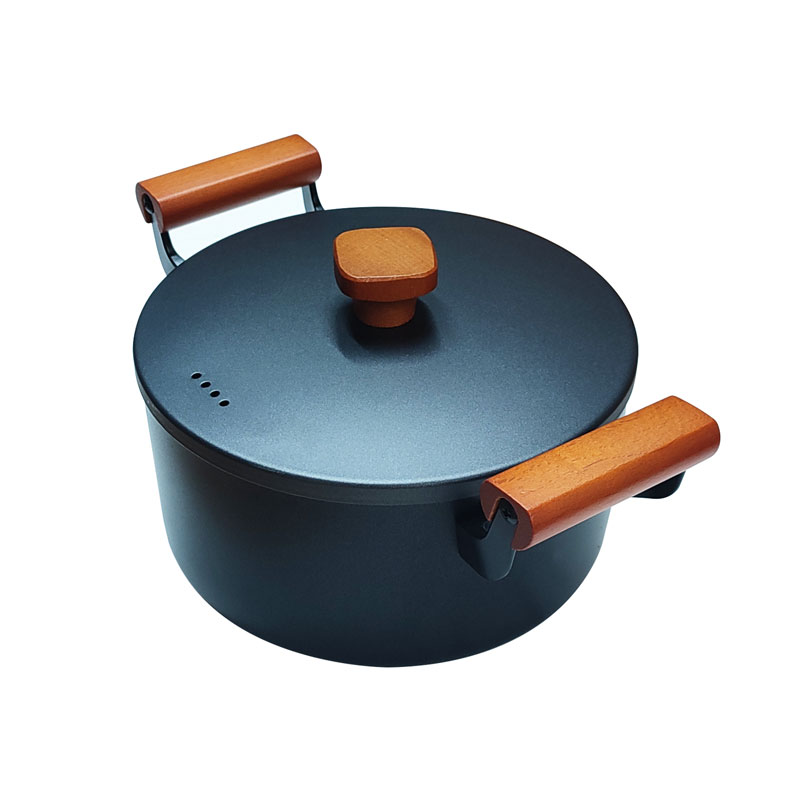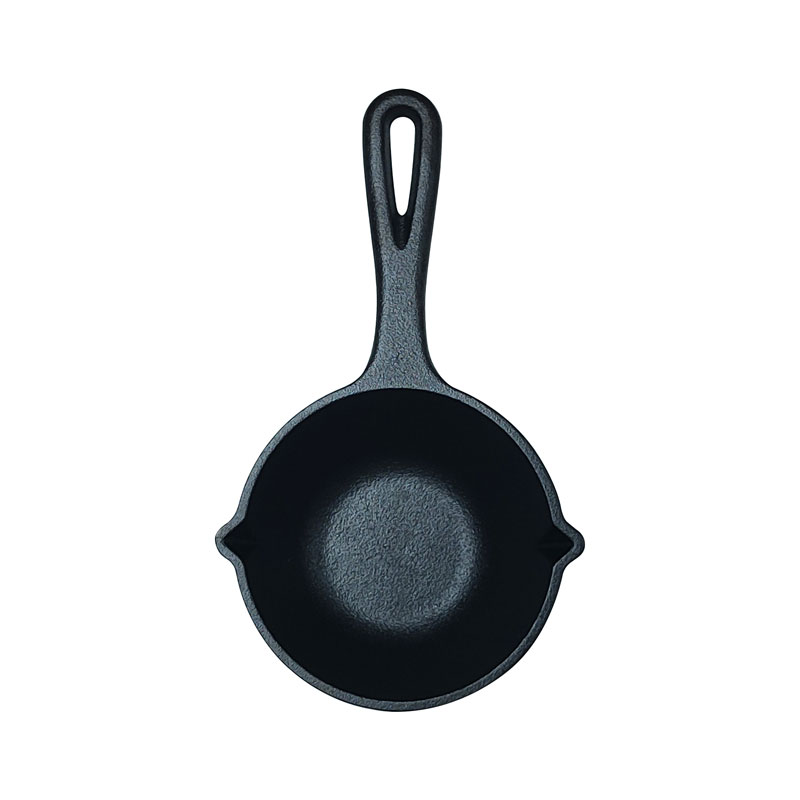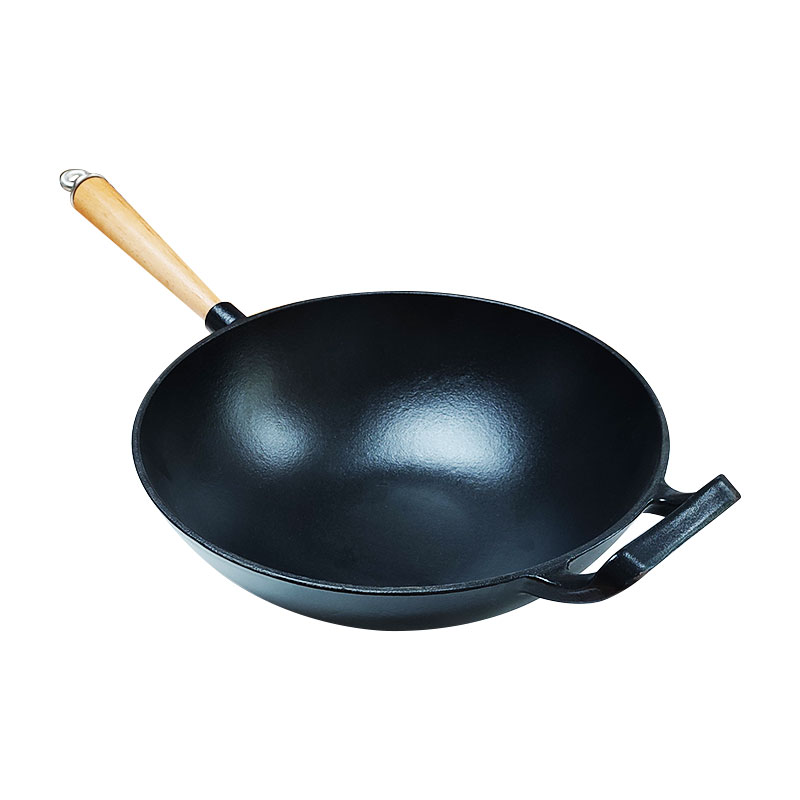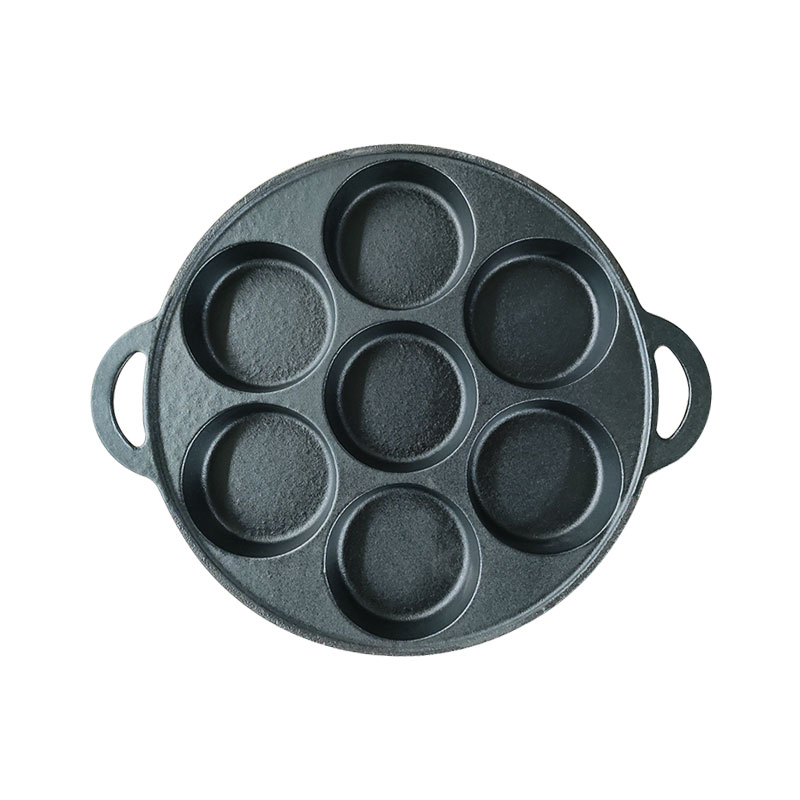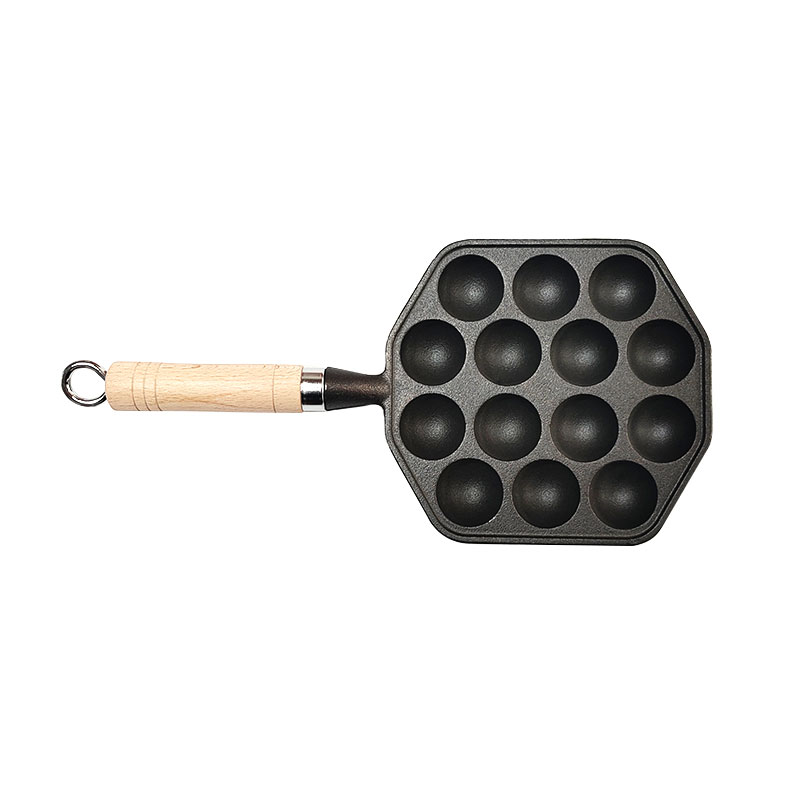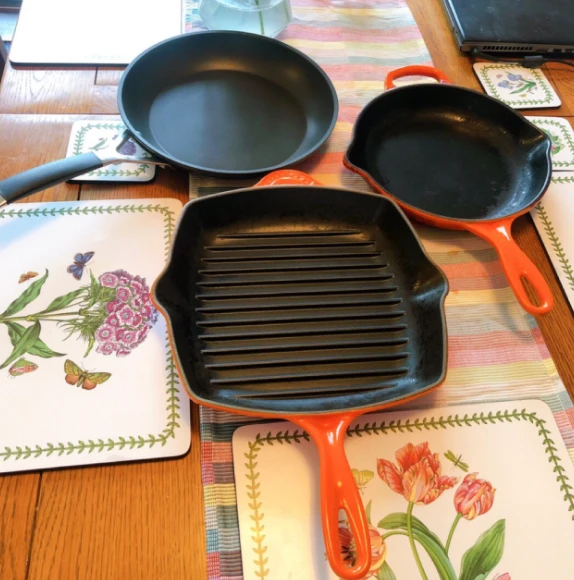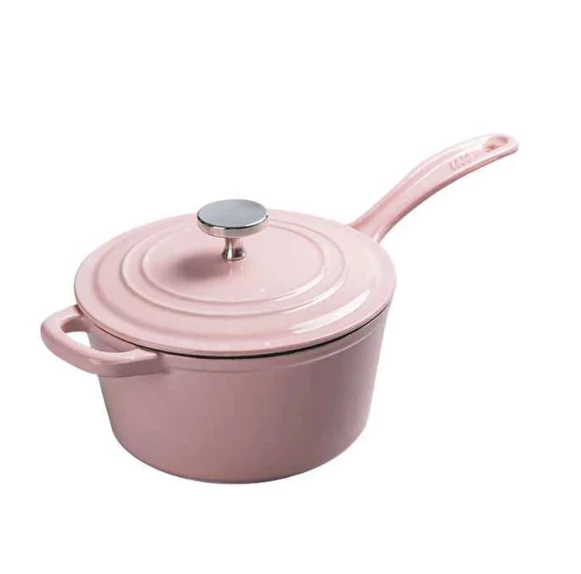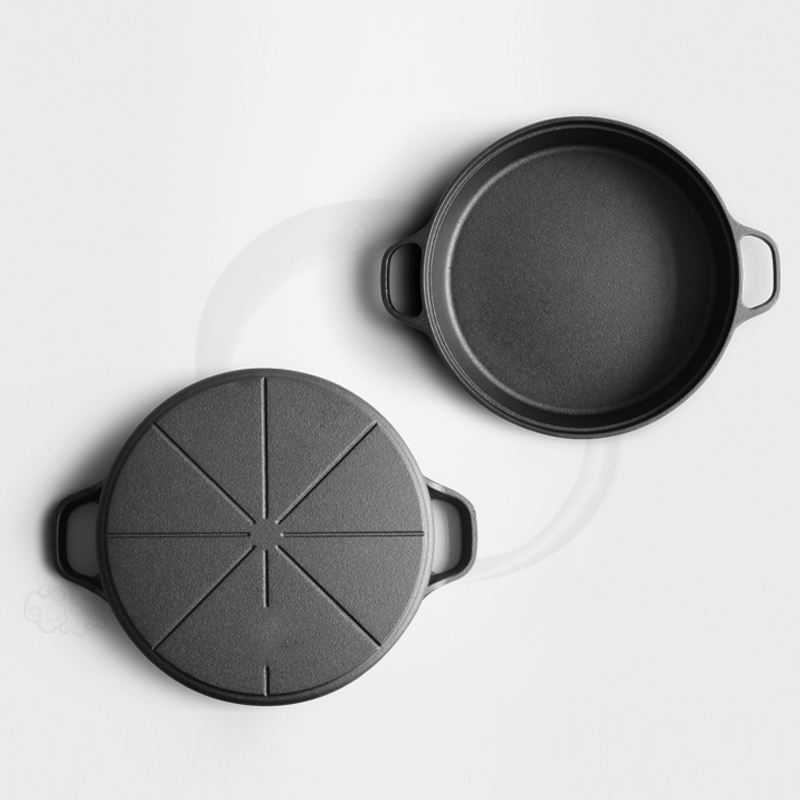- Afrikaans
- Albanian
- Amharic
- Arabic
- Armenian
- Azerbaijani
- Basque
- Belarusian
- Bengali
- Bosnian
- Bulgarian
- Catalan
- Cebuano
- Corsican
- Croatian
- Czech
- Danish
- Dutch
- English
- Esperanto
- Estonian
- Finnish
- French
- Frisian
- Galician
- Georgian
- German
- Greek
- Gujarati
- Haitian Creole
- hausa
- hawaiian
- Hebrew
- Hindi
- Miao
- Hungarian
- Icelandic
- igbo
- Indonesian
- irish
- Italian
- Japanese
- Javanese
- Kannada
- kazakh
- Khmer
- Rwandese
- Korean
- Kurdish
- Kyrgyz
- Lao
- Latin
- Latvian
- Lithuanian
- Luxembourgish
- Macedonian
- Malgashi
- Malay
- Malayalam
- Maltese
- Maori
- Marathi
- Mongolian
- Myanmar
- Nepali
- Norwegian
- Norwegian
- Occitan
- Pashto
- Persian
- Polish
- Portuguese
- Punjabi
- Romanian
- Russian
- Samoan
- Scottish Gaelic
- Serbian
- Sesotho
- Shona
- Sindhi
- Sinhala
- Slovak
- Slovenian
- Somali
- Spanish
- Sundanese
- Swahili
- Swedish
- Tagalog
- Tajik
- Tamil
- Tatar
- Telugu
- Thai
- Turkish
- Turkmen
- Ukrainian
- Urdu
- Uighur
- Uzbek
- Vietnamese
- Welsh
- Bantu
- Yiddish
- Yoruba
Flat-Bottom Cast Iron Wok Pan vs Round-Bottom: Which Should You Buy?
Nov . 18, 2025 17:35
If you cook on an electric or induction stove, or want a stable, easy-to-use pan for frequent home stir-frying, go iron wok flat bottom. If you have powerful gas burners and want the classic wok “breath” for professional-style tossing and faster searing, choose a round-bottom wok — but be prepared for a learning curve and a ring or wok stove.
Why the Cast Iron Wok Pan shape matters
The two most common Cast Iron Wok Pan shapes — flat-bottom and round-bottom — affect how heat is delivered and how you cook.
-
Heat contact: A flat bottom sits flush on flat stovetops, giving even, consistent contact. A round bottom concentrates heat at the center, producing a very hot core and cooler sides.
-
Cooking technique: Round bottoms favor high-heat, quick-toss stir-fry where food passes through the hottest zone. Flat bottoms behave more like a skillet but still allow vertical tossing and tossing along the sides.
-
Stove compatibility: Flat-bottom woks work on gas, electric, ceramic glass, and many induction stoves (with a thick cast-iron base). Round bottoms are best on open-flame burners or dedicated wok stoves and often require a wok ring on flat cooktops.
These differences dictate which wok will perform best in your kitchen.
Cast Iron Wok Pan advantages (both shapes)
Choosing cast iron gives both shapes shared strengths:
-
Excellent heat retention — ideal for searing and maintaining steady high heat.
-
Durability — lasts decades when cared for.
-
Natural non-stick after proper seasoning and regular use.
-
Flavor development — imparts a pleasant, seasoned character to food over time.
But cast iron is heavy, slower to heat than carbon steel, and requires ongoing care to prevent rust.
Flat-Bottom Cast Iron Wok — Pros & Cons
Pros
-
Stove friendly: No wobble on electric, induction, or smooth glass tops.
-
Stable for heavy use: Easier to stir, flip, and handle for everyday cooks.
-
Better surface contact: More even browning for foods that need surface contact (eg. searing meat).
-
Simpler for beginners: Less skill required to keep food moving out of the hotspot.
Cons
-
Less intense central heat: Can’t achieve the same concentrated sear zone as a round bottom.
-
Slightly less tossable: The flat base changes how food slides; flipping technique is different.
-
Weight: Like all cast iron, it’s heavy; the flat base can make it feel bulkier.
Best for: apartment cooks, induction/electric stove owners, people who want a low-maintenance everyday wok that doubles as a shallow Dutch oven.
Round-Bottom Wok (Cast Iron) — Pros & Cons
Pros
-
Superior wok hei potential: The cast iron round bottom wok concentrates flame at the center and allows rapid, even tosses through the hottest zone.
-
Traditional performance: Ideal for high-flame charring, smoky stir-fry flavors, and rapid vegetable searing.
-
Efficient heat circulation: Hot center + cooler rim creates a proper stir-fry workflow (sear, move to side, toss back).
Cons
-
Stability issues: Requires a wok ring or a dedicated high-BTU burner to be safe on flat stoves.
-
Less versatile on modern cooktops: Not ideal for induction or smooth glass without special adapters.
-
Harder for novices: Requires practiced wrist action and constant movement to avoid burning.
-
Cleaning & maintenance: Same cast iron care but ergonomics make cleaning a two-hand job sometimes.
Best for: cooks with high-output gas ranges or outdoor burners seeking authentic restaurant-style stir-fry and smoky wok-hei.
Stove compatibility — the practical dealbreaker
Before you buy, check your stovetop:
-
Gas (strong flame): Both can work. Round bottom shines on high BTU open flames. Flat bottom is more forgiving.
-
Electric coil/glass/top: Choose flat-bottom — round bottom will be unstable or inefficient.
-
Induction: Flat-bottom cast iron works well (heavy base helps induction coupling). Round bottom generally does not unless you use an induction adapter plate — but that negates the round wok’s heating advantages.
If you don’t have a high-heat gas burner, a flat-bottom cast iron wok is almost always the sensible choice.
Size, weight and handle considerations
-
Diameter: 12–14 inches is typical for home use; larger if you cook for many.
-
Depth: Deeper woks hold more volume for tossing.
-
Handles: Look for a long handle + helper handle for balance with heavy cast iron.
-
Weight: Ensure you can lift and maneuver the pan comfortably when full.
Seasoning and care (cast iron specifics)
-
Initial seasoning: Oil and heat the pan to build its non-stick layer. Some cast iron woks come pre-seasoned.
-
Daily care: Wipe, rinse with hot water, dry immediately, and rub a light oil layer.
-
Avoid soap & soaking: Mild soap once in a while is fine, but long soaking invites rust.
-
Re-season when needed: If food starts to stick or rust appears, scrub, dry, and reseason.
Quick buying checklist
-
Do you have a high-BTU gas burner? — If yes, consider round-bottom for authentic wok-hei.
-
Do you use induction/glass/electric? — Buy flat-bottom for stability and heat efficiency.
-
Want low learning curve + everyday use? — Flat-bottom.
-
Want maximum sear and classic technique, and can handle a wok ring or wok stove? — Round-bottom.
Final recommendation
For most home cooks, particularly those on electric or induction stoves, the flat-bottom cast iron wok is the better, safer, and more practical choice. If you’re chasing restaurant-grade stir-fry and you have a powerful gas range or a dedicated wok burner — and you enjoy the skill of tossing — a round-bottom cast iron wok will reward you with faster searing and more authentic flavor.
Cast Iron Wok Pan FAQ
Q: Can I use a wok ring with a flat cooktop?
A: Yes — a wok ring stabilizes a round-bottom wok but reduces flame contact and increases heat loss; it’s a compromise.
Q: Is cast iron or carbon steel better for woks?
A: Carbon steel heats faster and is lighter (favored by professionals). Cast iron holds heat longer and develops deep seasoning — choose cast iron for heat retention and durability, carbon steel for agility.
Q: Can I use a flat-bottom cast iron wok on induction?
A: Yes — cast iron couples well with induction; just confirm the base sits flat and the size matches your burner.

Inquire Now for Cast Iron Cookware Deals
Please Fill Out The Form Below And Our Team Will Get Back To You With Pricing, Product Details, And Customization Options.











